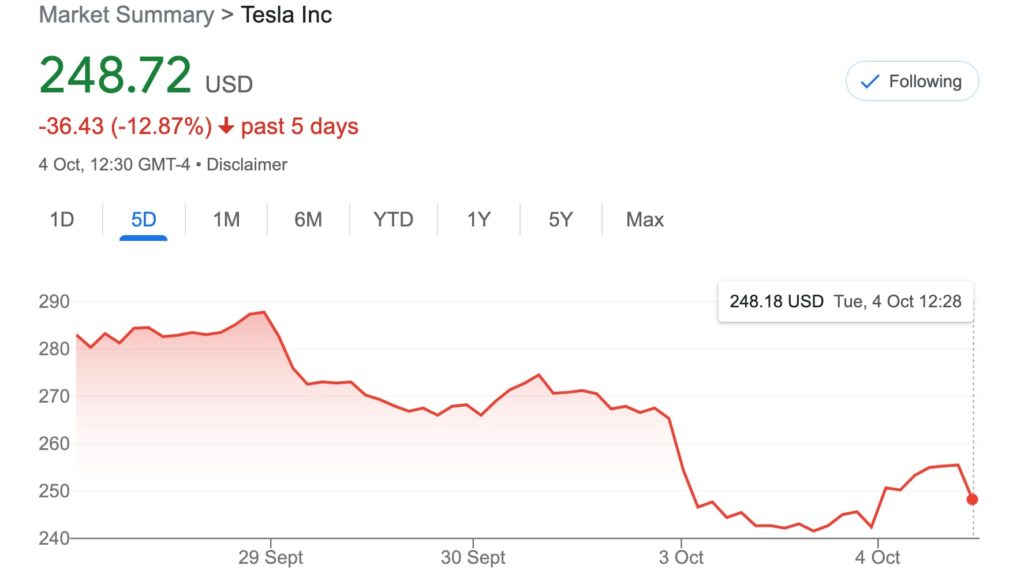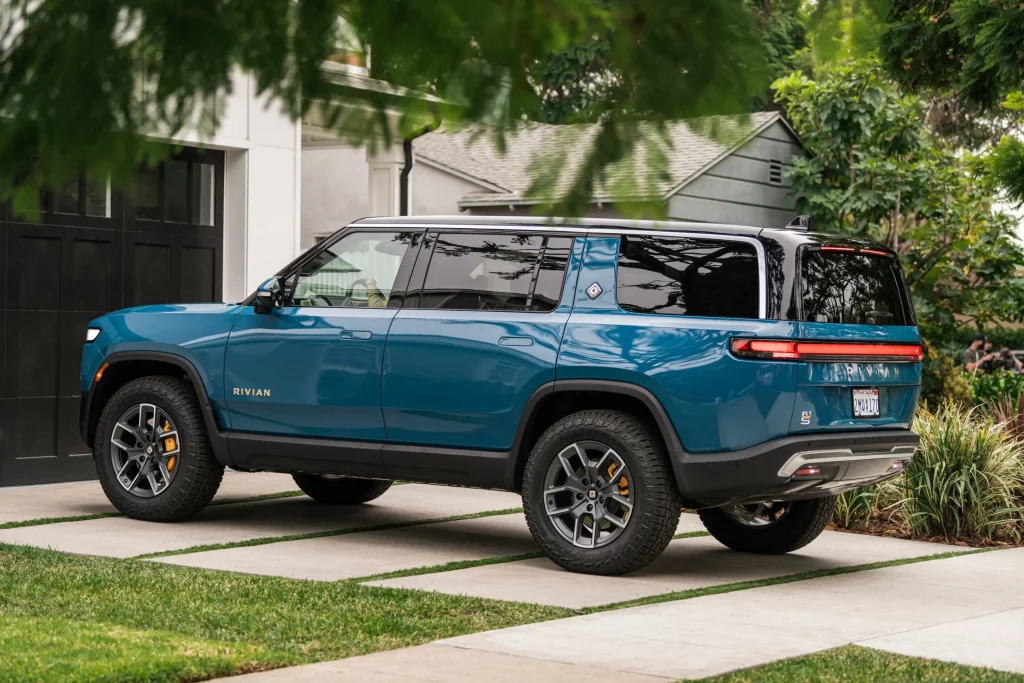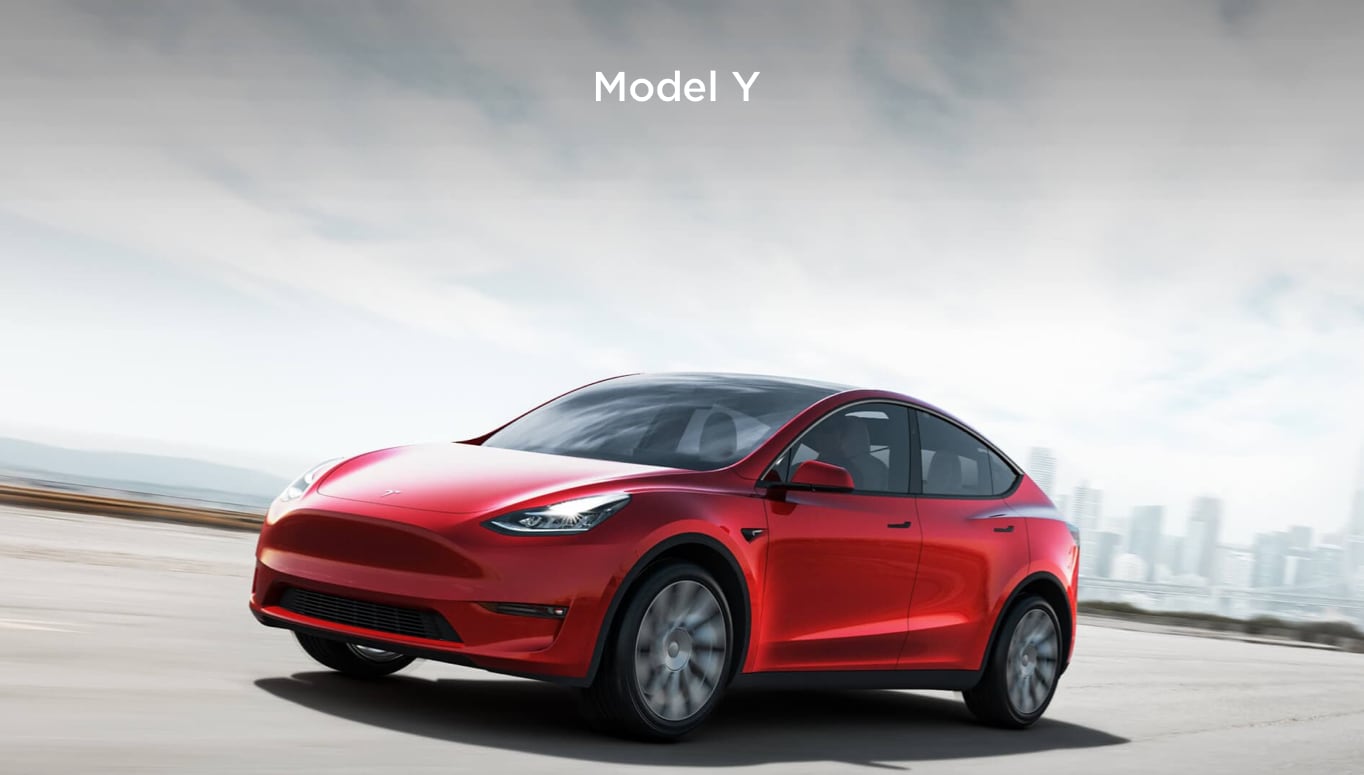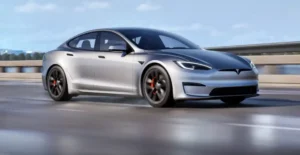As Q3 ends we have plenty of sales data to review. Some big numbers, some hits and some misses.
Let’s starts with Tesla
The market was expecting Tesla to deliver between 350,000 and 370,000 units. On the weekend Tesla reported over 343,000 cars delivered and over 365,000 produced.
In the third quarter, we produced over 365,000 vehicles and delivered over 343,000 vehicles.
| Production | Deliveries | |
| Model S/X | 19,935 | 18,672 |
| Model 3/Y | 345,988 | 325,158 |
| Total | 365,923 | 343,830 |
Tesla confirmed that it produced almost 346,000 Model 3 and Model Y vehicles and delivered roughly 325,000 of them.
As for the more expensive Model S and Model X, Tesla delivered 18,672 units on a production a few units short of 20,000.
This means that Tesla has over 20,000 new vehicles in inventory at the end of the quarter, which is high for the automaker. However, all of those vehicles are already sold and are in transit.
Tesla confirmed that it couldn’t secure transport at reasonable prices during its end-of-quarter delivery rush and it resulted in more vehicles in transit:
Historically, our delivery volumes have skewed towards the end of each quarter due to regional batch building of cars. As our production volumes continue to grow, it is becoming increasingly challenging to secure vehicle transportation capacity and at a reasonable cost during these peak logistics weeks. In Q3, we began transitioning to a more even regional mix of vehicle builds each week, which led to an increase in cars in transit at the end of the quarter. These cars have been ordered and will be delivered to customers upon arrival at their destination.
Tesla is unique in that all call shipped have a customer who has placed an order as compared to most other car companies that ship cars to dealers. The dealers have to shift them. Of course some of these are against specific customer orders but many aren’t. Just look at any Ford lot.
What did the market say?
Tesla stock took a beating – falling around 8% to $242. Or around 12% over the week.

Look at the year on year comparisons
2221 – 2022 Q1: 237K to 365K units is over 50% growth
| Units | 2021 | 2022 | Y on Y Growth Production | ||
| Production | Deliveries | Production | Deliveries | ||
| Q1 | 180,338 | 184,800 | 305,407 | 310,048 | 68% |
| Q2 | 206,421 | 201,250 | 258,580 | 254,695 | 25% |
| Q3 | 237,823 | 241,300 | 365,923 | 343,830 | 54% |
| Q4 | 305,840 | 308,600 |
We thinks the market has over reacted giving us a good buying position. Long TSLA.
How did Rivian do?
Rivian is the much hyped EV truck maker backed by Amazon and others. It makes a good looking pickup and Americans love pickups.

Rivian just announced its electric vehicle production and deliveries numbers for the third quarter of 2022.
During the period, the company produced at its manufacturing facility in Normal, Illinois, 7,363 BEVs, which is 67% more than in Q2. Deliveries amounted to 6,584 (up 47% compared to Q2).
The rate of growth in just three months is pretty solid and enabled Rivian to set new quarterly records.
Rivian does not disclose the numbers for particular models, so those are the total values of three BEVs: R1T pickup, R1S SUV, and EDV 700 vans for Amazon. We can only imagine that the R1T is the top-selling Rivian model, but there is no official confirmation.
Rivian Q3 2022 results:
- Production: 7,363
- Deliveries: 6,584
Source: Rivian website:
Toyota EVs
Toyota is one of the largest car manufactures usually holding the number 1 or 2 position for vehicle sales. It has long been a lover of Hybrids with the wildly successful Prius. More recently the company has pushed no plug in Hybrids or in Toyota speak “self charging” and Hydrogen. The company has super slow on the pure EV front. The company has the bZ4X.

The bZ4X is Toyota’s first-ever attempt at building an electric car, and it hasn’t been going all that well. The car hasn’t exactly been a stellar hit, whether you’re considering cost, range, its goofy name, or the fact that Toyota has exhausted its federal EV credits. It also has one massive fatal flaw: its wheels keep falling off.
Toyota issued a recall back in June of this year, advising owners to immediately stop driving their vehicle because, in the company’s words, “after low-mileage use, all of the hub bolts on the wheel can loosen to the point where the wheel can detach from the vehicle.”
In Toyota speak, a “hub bolt” is not the bolt that attaches the hub to the steering knuckle; rather, it references the “lug bolts,” which attach the wheel to the hub assembly. Basically, this specific part can easily wear out, resulting in the whole entire wheel falling off.
In the US but when a month passed without any fix, Elektrek reported that bZ4X owners received a buyback notice from Toyota. And now that another month has passed, the stop-sale has continued, and it doesn’t look like there’s an end in sight.
The recall technically only impacted 2,700 cars, which isn’t a ton — but that’s an incredibly unfortunate number when you consider the fact that it was the entire first production run of Toyota’s first-ever electric vehicle. It’s especially unfortunate because you’re probably buying a Toyota more for its reliability than for its stellar driving dynamics, and Toyota has totally beefed it with a part that isn’t even specific to electric vehicles.
So, for the moment, the bZ4X will remain an empty slot in Toyota’s sales figures — and a hazard for drivers.
It does look like Toyota are missing the EV boat. .




